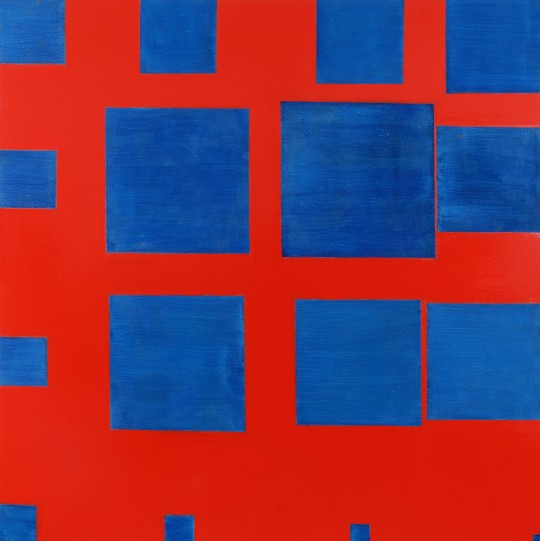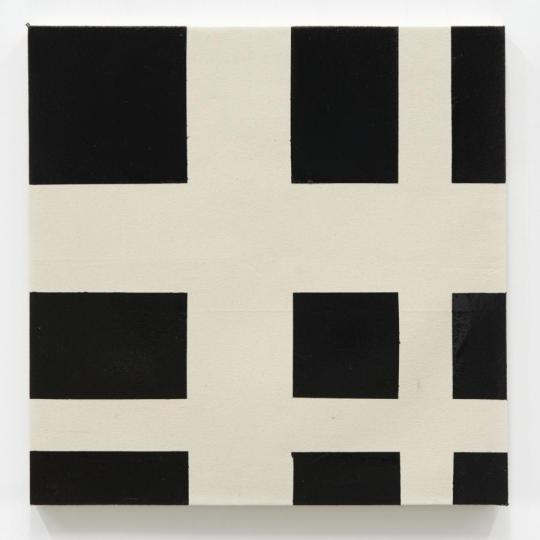#paul mogensen
Photo

Paul Mogensen, 'spiral on circle', from Book of Prints, (28 unbound woodblock prints, ink on various papers (28 sheets; Part I, Part II), dimensions vary), 1980, Edition of 30 [Lawrence Markey Inc., San Antonio, TX. © Paul Mogensen]
74 notes
·
View notes
Text


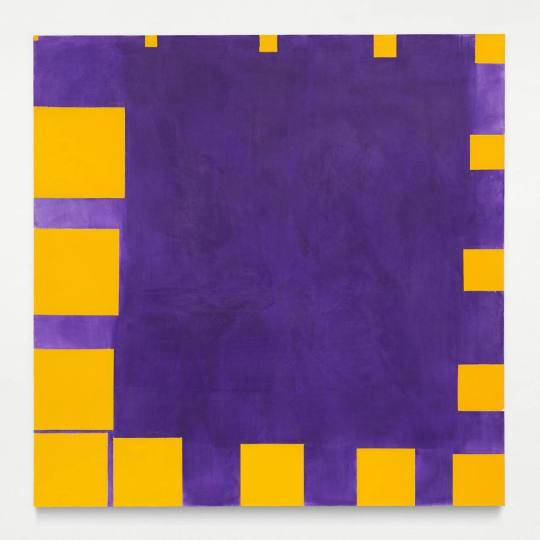
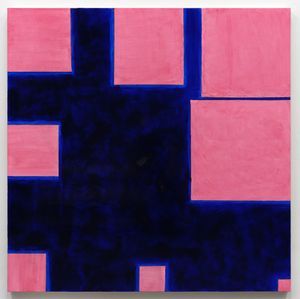


Paul Mogensen (b. 1941, Los Angeles, California) is a New York-based painter who has often been associated with Minimalism, although his mathematical, progressional work resists categorization. Rather than reproducing the reductive geometric abstractions of his Minimalist contemporaries, Mogensen uses an iterative format to activate the picture plane. His paintings are meant to be deciphered rather than easily comprehended: often full of movement, they actively draw the eye across the canvas. Each painting is calibrated according to the rules of elemental mathematics, particularly those deriving from Renaissance and Ancient Egyptian theorems. Mogensen uses such arithmetic progressions to determine the sequence and size of each color form. The resultant morse-code-like arrays call to mind the universalist ideas of early 20th century Russian artists and poets admired by Mogensen, such as Mayakovsky, Rodchenko, and Tatlin.
11 notes
·
View notes
Photo

Lida Egorova by Rasmus Mogensen for Vogue Russia Nov 2000 - Jean Paul Gaultier fur, Guy Laroche leather pants
54 notes
·
View notes
Text
Bykert Gallery existed for less than a decade, but it created a template for how to show contemporary art in New York City.
Bykert was started in 1966 by Klaus Kertess, a soft-spoken art history graduate born in New York City to a well-off German businessman father and homemaker mother.
Bykert Gallery was a short-lived but influential space where the artists Chuck Close, Lynda Benglis and Brice Marden had their first New York shows, and which encouraged a searching, intrepid kind of art production — not overly interested in market domination but rather in new ideas, the likes of which weren’t being shown widely. Bykert artists got away with a lot. And many of their careers have far outlasted the gallery, which was in business for less than a decade, though its legacy still reverberates
Even among the precorporatized gallery ecosystem, Bykert was conspicuously eccentric, starting with its name. The slightly awkward “Bykert” was in the equitable portmanteau style, rather than the name of its principal dealer. The vagueness suited Kertess, who was both quiet and not self-serious; when visitors to the gallery would ask to speak with “Mr. Bykert,” Kertess would solemnly inform them of his recent passing.
Kertess operated less as a dealer than a talent scout, looking for young artists who wouldn’t otherwise have a place to show their work. (Not all of this was altruism; the gallery wouldn’t have been able to pay established artists.) Marden’s first solo show came after Kertess met him at the Jewish Museum, where he was working as a guard and, in Kertess’s memory, drunk. Much of the roster, as for much of the rest of modern art, was fleshed out as something of a boys’ club: Marden vouched for his friend the painter David Novros and, later, Close, a fellow Yalie. Novros championed his painter friends Paul Mogensen, Richard Van Buren and Robert Duran, who all signed on.
Mostly, Kertess looked. He would visit the studio of any artist who asked, and would spend hours observing what they were making. “There was something really meditative about the way he looked at art,” according to Mary Boone who became a prominent galleries herself.
In Kertess’s own words, “the gallery existed almost solely in my head, was completely my doing, thrived on my personal chaos and was run fairly sloppily because there was no other way of running it.” Kertess made all the decisions regarding programming, with minimal input from Byers, who was, by all accounts, private. As Kertess recalled, he seemed “a little surprised at what he’d gotten involved in and wasn’t really willing to admit to his involvement in the gallery until like three or four years after it was underway.” Remarkably for a commercial gallery at the center of the New York art world, money barely ranked among Bykert’s top concerns, even by the relatively quaint standards of the 1970s, a posture that now would be considered heterodox, if not totally heretical. “My basic attitude was that you put up good art. Sooner or later somebody will come in. And some people will understand it; some people will buy it; some people may do both,” Kertess said.
By 1974, Kertess had had enough of dealing art. “It had become a business,” he complained, one that necessitated “better filing systems.” But there was also the sense that the art world Kertess knew, the one he started out in, was changing, well on its way toward its current mode of relentless commodification. The 1973 Scull sale at Sotheby Parke Bernet was a frenzied, keenly publicized auction of the taxi magnate Robert Scull’s collection of postwar art, providing the first glimpse of the spectacle art buying would become: a Rauschenberg combine that Scull bought for $900 sold for $85,000; Rauschenberg berated Scull for profiteering. “The art scene still interests me,” Kertess said then. “Its public manifestation is totally boring to me, I mean … there are as good artists now as there were 10 years ago or 20 years ago. But it’s much more private. It’s just … like New York as the city has become more private, or the glamour as it still exists is more about nostalgia than anything that’s alive.”
Kertess gave up his interest in Bykert. “It was like divorcing 18 people,” Kertess said. “It got very emotional.”
There were more personal changes as well. Kertess had started dating the painter Billy Sullivan and was coming out as a gay man.
The gallery sputtered along in a depleted version of itself, and closed the next year.
“It’s sort of hard to believe now that a dealer wouldn’t be comfortable making money,” the artist Chuck Close said. “That was why Klaus was so respected. Now he’d be considered a damn fool.”
1 note
·
View note
Video
youtube
Top lacrosse video today: 5 Climbing Techniques Taught by Paul Robinson (part 1)! #shorts
Top lacrosse news
„.@BerwynClub boys’ recruit: Ursinus gets commitment from Tenafly (N.J.) 2024 FO specialist Mogensen” – phillylacrosse
„.@BerwynClub boys’ recruit: Malvern Prep 2025 DEF Chisholm commits to Villanova” – phillylacrosse
„.@Victory_Events girls’ recruit: Phoenixville 2025 MF Rost commits to Lafayette” – phillylacrosse
„Former college assistant, Merion Mercy mentor Considine named head coach at Owen J. Roberts” – phillylacrosse
„FSU Adds Women's Lacrosse” – laxmagazine
Best tweets – 2023. 10. 05.
0 notes
Photo

Paul Mogensen American artist, b.1941
Untitled, 1974
Watercolor on paper
162 notes
·
View notes
Text

Paul Mogensen / Untitled (3 part cadmium orange), 1967
12 notes
·
View notes
Photo
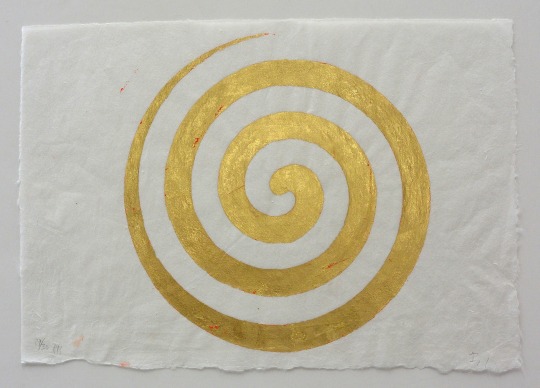
Paul Mogensen, 'gold spiral', from Book of Prints, (28 unbound woodblock prints, ink on various papers (28 sheets; Part I, Part II), dimensions vary), 1980, Edition of 30 [Lawrence Markey Inc., San Antonio, TX. © Paul Mogensen]
61 notes
·
View notes
Photo
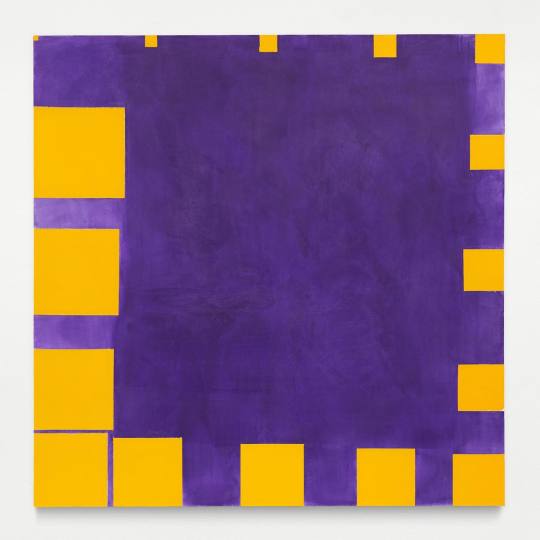
Paul Mogensen - no title (cobalt violet and cadmium yellow, sixteen square progression on the edges). 2019
cobalt violet oil and cadmium yellow medium oil
182.8 x 182.8 cm
83 notes
·
View notes
Photo
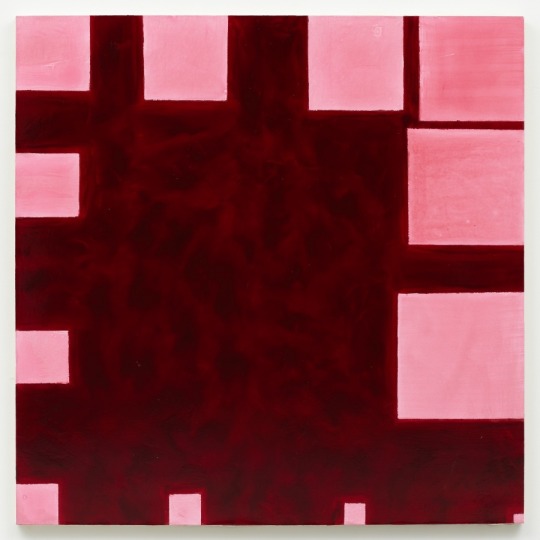
Paul Mogensen, no title, stand oil and ink on canvas, 60 × 60 inches
109 notes
·
View notes




